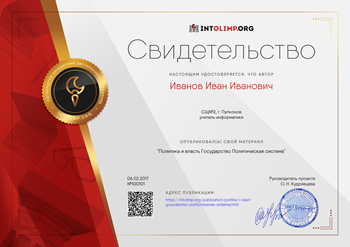
WELCOME to LONDON урок-презентация Хомук Виолетта Вадимовна учитель английского языка

London is the capital city of England and of the United Kingdom, with a population of about 6-7 million. It is the largest city in Britain and one of the largest in the world.

Historical and geographical circumstances have made London one of the world's most important commercial and cultural centers, while its range of historical connections and its buildings attract millions of tourists from overseas each year.

The best way to see the city quickly is from the top of London red double-decker buses.

Special tourist buses go on two-hour circular tours.

The other quick and easy way of getting around London is by “tube” – the Underground railway. During the “rush hours”, when office workers hurry to and from work, the tube train doors can hardly close behind the crushed crowds.


It is always interesting for tourists to take a trip on British Airways London Eye.

“ Лондонский Глаз" (British Airways London Eye) покажет Лондон с высоты птичьего полета.

A trip along the Thames in a boat gives a chance to see a striking panorama of London.

London is a great port with many docks.

Just as Wall Street in New York is the centre of commerce and finance so the City of London, sometimes called “the square mile” is the centre for money matters. Here in Thread needle Street is the Bank of England – sometimes called “The Old Lady of Thread needle Street” – the central banking institution whose pound notes from the main currency in the country.

The Tower of London that comes first among the historic buildings of the city. If you want to get some glimpses of London it’s just from here that you had better start sightseeing.

The Tower of London was founded by Julius Caesar and in 1066 rebuilt by William the Conqueror. It was used as a fortress, a royal residence and a prison.

Now it is a museum of armour and also the place where the Crown Jewels are kept. In present days, just as many centuries ago, the Ceremony of the Keys takes place at its gates.

Every night when the guard is changed at each gate there is the cry: “Halt! Who goes there?” Then the guard replies: “The Keys.” “Whose Keys?” “Queen Elizabeth’s Keys!” “Pass, Queen Elizabeth’s Keys! All’s well.”

And so the Tower of London is safely closed for the night.


Not far away, in Westminster, where most of the Government buildings are situated, is Westminster Abbey. Many English sovereigns, outstanding statesmen, painters and poets (Newton, Darwin, and Tennyson among them) are buried here.

Across the road from Westminster Abbey is Westminster Palace, the seat of the British Parliament. Its two graceful towers stand high above the city.

The higher of the two contains the largest clock in the country and the famous bell Big Ben that strikes every quarter of the hour.

If now we walk along Whitehall, we shall soon come to Trafalgar Square.

It was so named in memory of the victory in the battle of Trafalgar, where on October 21,1805 the English fleet under Nelson’s command defeated the combined fleet of France and Spain.

The victory was won at the cost of Nelson’s life. In the middle of Trafalgar Square stands Nelson’s monument – a tall column with the figure of Nelson at its top.

And now, even if you have almost no time left for further sightseeing, you cannot leave the city without visiting Hyde Park or “the Park” as Londoners call it.

When you are walking along its shady avenues, sitting on the grass, admiring its beautiful flower-beds or watching swans and ducks floating on the ponds,

it seems almost unbelievable that all around there is a large city with its heavy traffic and smoke.

Homework: “When a man is tired of London, he is tired of life, for there is in London all that life can afford.” Do you agree or disagree? Use specific reasons and details to support your answer.







